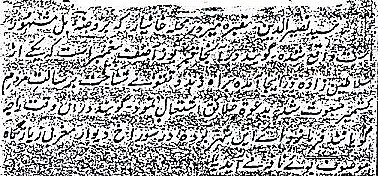|
Historical Sources & Testimonies Page
Wajees-ut-Tawarikh
Origin:
According to the Tarikh-i-Hassan, the Wajees-ut-Tawarikh was compiled in 1857 by Abdul Nabi Khanyari (Tarikh-i-Hassan, Vol. 1, p. 377).
The appellation, “Paigambar” means, “Messenger of God.” So he is mentioned in this document as, “Messenger of God, Yuzu Asaph.”
Abdul Nabi Khanyari was known by various names: Abdul Nabi, Naba Shah and Ghulam Nabi. It is to be noted that Raja Gopananda is mentioned in this excerpt, as you will see below, and he ruled over Kashmir during 49 to 109 A.D
 |
“The grave of Mir Sayyid Naseeruddin is in Khanyar. The place is also known as Rozabal. It is said that at that place exists the grave of Paigambar Yuzu Asaf. He was a prince who had come to this place. Due to his utmost piety and prayers, he was raised to the status of the Messenger (by God) for the people of Kashmir. He preached among the people. It is said that Raja Gopananda ruled over the country during that period. The aroma of musk used to emanate from a hole in the western wall.” |
|

